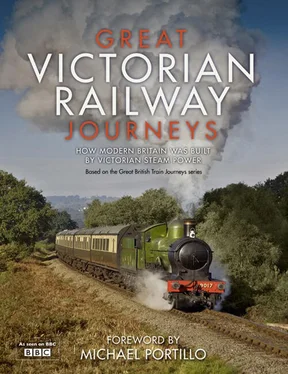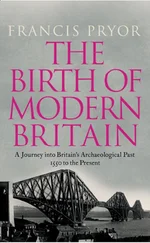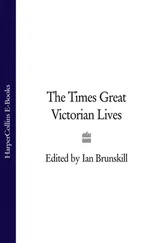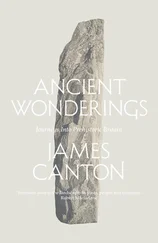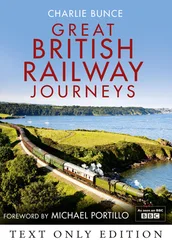When books are pow’rless to beguile
And papers only stir my bile,
For solace and relief I flee
To Bradshaw or the ABC
And find the best of recreations
In studying the names of stations.
Certainly in those days before the advent of through tickets, Bradshaw’s Monthly Railway Guide was an often-consulted bible for travellers who industriously sought arrival and departure times during detailed journey planning.
No doubt the tripper clutching a Bradshaw guide would feel a rush of nerves as well as excitement in boarding the train, for the notion that railways were dangerous took a long while to subside and railway safety standards were poor by comparison with today. To compound matters, railway companies were reluctant to spend money on even basic safety measures, preferring to reward their shareholders rather than to protect their passengers and staff. Accordingly, brightly painted engines were kept whistle clean but might not be fitted with an adequate number of brakes. The prospect of a rail crash in Victorian times and death by technology invariably filled travellers with fear.
It wasn’t until 1875 that a Royal Commission on Railway Accidents was established. It fostered trials on different braking systems, with American-designed systems coming out on top. However, not all railway casualties were linked to crashes, according to railway writer and Royal Commission member William Mitchell Acworth.
Passengers tried to jump on and off trains moving at full speed with absolute recklessness. Again and again it is recorded, ‘injured, jumped out after his hat’, ‘fell off, riding on the side of a wagon’, ‘skull broken, riding on the top of the carriage, came into collision with a bridge’, ‘guard’s head struck against a bridge, attempting to remove a passenger who had improperly seated himself outside’, ‘fell out of a third class carriage while pushing and jostling with a friend’.
‘Of all the serious accidents reported to the Board of Trade,’ writes one authority, ‘twenty-two happened to persons who jumped off when the carriages were going at speed, generally after their hats, and five persons were run over when lying either drunk or asleep upon the line.’
Putting aside the dread of disaster, there was a lot of general discomfort to overcome, even for those travelling in first class. With as few as four wheels per carriage in the early days of rail, there was no sense of a rhythmic lull, more a violent vibration. Moreover, for decades carriages were unheated, although foot-warmers were available at a price on most routes. Initially only first-class travellers were permitted their use.
Until the mid-1840s third-class passengers were transported in open wagons that were sometimes attached to goods trains. In winter passengers were typically underdressed while subject to wind and rain, and might even suffer exposure. Travelling inside carriages modelled on stagecoaches was not without its disadvantages either.
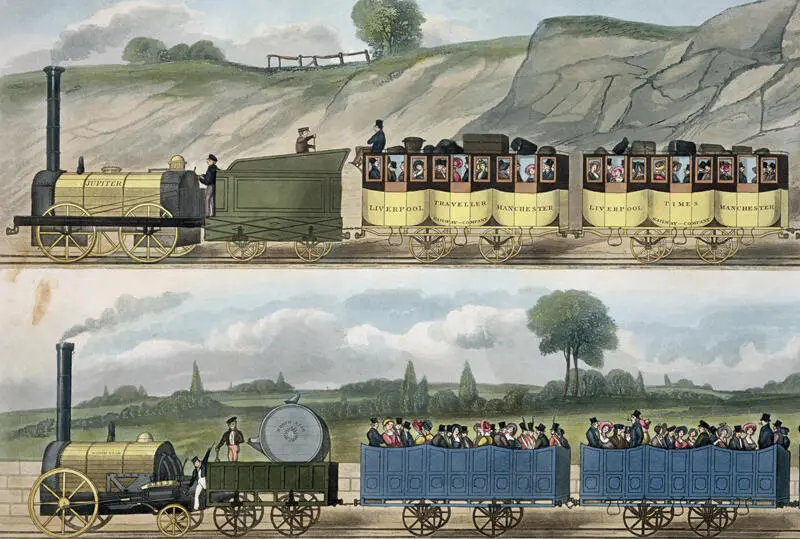
© The Stapleton Collection/The Bridgeman Art Library
‘A Train of the First Class (top) and a Train of the Second Class (bottom)’ from Coloured View of the Liverpool & Manchester Railway, engraved by S. G. Hughes and published by Ackermann & Co., London in 1832/33.
THE STAPLEHURST RAIL DISASTER
Author Charles Dickens showed remarkable presence of mind after he was involved in the Staplehurst disaster, but later he wrote about the long-term after-effects he suffered.
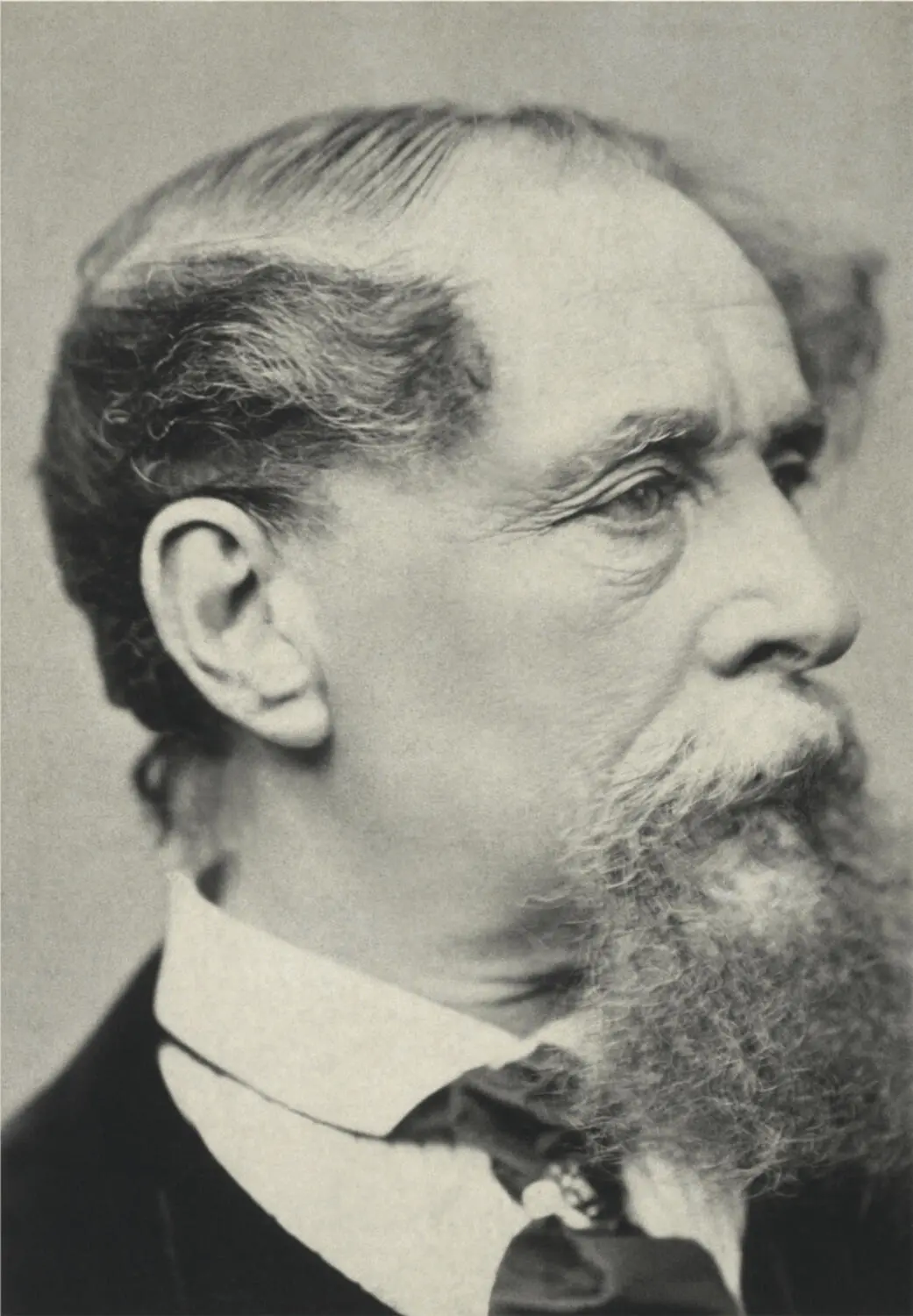
© Hulton-Deutsch Collection/CORBIS
Charles Dickens (1812–1870) in middle age.
On 9 June 1865 Dickens was returning from France aboard the boat train, heading for Charing Cross. Along the way, at Staplehurst in Kent, track was being renewed on a railway bridge by a group of ‘gangers’ or ‘waymen’, employed by the thousand across the country to repair and maintain track. (The remains of line-side huts where equipment was stored and tea was brewed for this unsung army are sometimes still visible today.)
The train was known as ‘the tidal’, because its timing varied with the tide that brought the ferries to their berth. According to foreman John Benge’s calculations, it would roll into view at 5.20 p.m. In fact, the train was two hours earlier than that and was bearing down on the fractured bridge at a speed of 50 mph. It was impossible to return the necessary track to its position in time.
With rails missing, the locomotive ploughed into the mud lying 10 feet below. The first coach almost went after it but lurched to a halt, balanced precariously between engine and bridge. Its coupling with the rest of the train snapped and another five coaches, travelling with momentum, piled into the gap, landing at all angles.
Ten passengers died and 49 people were injured. Dickens, who was in the first carriage, was uninjured and climbed out of the window. The author tended the wounded as best he could. One man died in his arms and he saw several other dead bodies as he picked his way cautiously through the injured, offering water and brandy.
He wrote about the shocking experience in a letter:
No imagination can conceive the ruin, or the extraordinary weights under which people were lying, or the complications into which they were twisted among iron and wood, and mud and water.
I have a – I don’t know what to call it – constitutional presence of mind and was not in the least flustered at the time … But, in writing these scanty words of recollection, I feel the shakes and am obliged to stop.

© Illustrated London News Ltd/Mary Evans
The Staplehurst Rail Disaster: Dickens, Ellen Ternan and her mother escaped unhurt, but he suffered psychologically to the end of his life.
The crash left him at a low ebb. Three years later he wrote:
To this hour I have sudden rushes of terror, even when riding in a Hansom cab, which are perfectly unreasonable but quite insurmountable … my reading secretary and companion knows so well when one of these momentary seizures comes upon me in a railway carriage that he instantly produces a dram of brandy which rallies the blood to the heart and generally prevails.
Dickens died five years later, on the anniversary of the Staplehurst crash.
TO THIS HOUR I HAVE SUDDEN RUSHES OF TERROR, EVEN WHEN RIDING IN A HANSOM CAB, WHICH ARE PERFECTLY UNREASONABLE BUT QUITE INSURMOUNTABLE
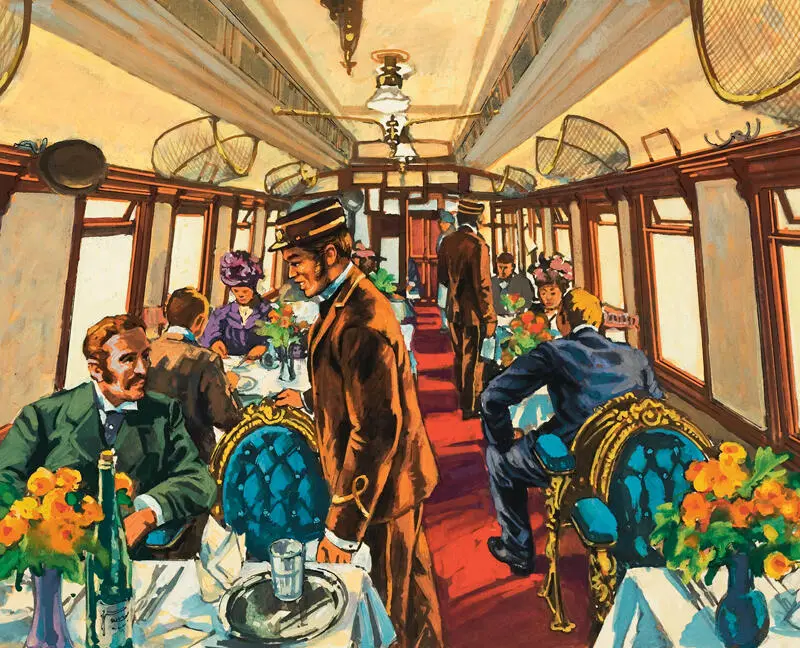
© Look and Learn/The Bridgeman Art Library
The Comfort of the Pullman Coach of a late-Victorian Passenger Train by Harry Green (b. 1920).
If the atmosphere in the small railway compartments became fetid it was tempting to open the window. However, passengers risked being enveloped in smuts and steam from the engine rather than enjoying the bracing fresh air they’d sought. The question of whether or not to open windows on stuffy journeys was often the cause of fall-outs between passengers.
Borrowing an American idea, railway companies began to introduce more luxuriously appointed accommodation with restaurant facilities from the 1880s. Self-contained sleepers were on the rails from 1873. However, the first train with a corridor running its entire length wasn’t introduced until 1892. Until then lavatories were simply not available to third-class travellers, and guards were sometimes compelled to clamber along the outside of moving carriages.
Читать дальше
